Statistics for Business: Emissions, Frequency, and Regression
VerifiedAdded on 2022/10/10
|10
|776
|110
Homework Assignment
AI Summary
This statistics assignment focuses on analyzing business data, beginning with a comparison of carbon emissions from top producers using stacked bar charts to visualize emissions between 2009 and 2013. It then delves into frequency and relative frequency distributions, including cumulative frequency and relative cumulative frequency, presented in tables, histograms, and ogive curves. The assignment further explores time series plots for inflation rates and all ordinaries index, followed by a scatter plot illustrating the relationship between these two variables. Numerical summaries, including the coefficient of correlation, are provided, along with a regression model. The regression equation, slope, intercept, and coefficient of determination are discussed, along with a test of significance at a 5% significance level and the value of the standard error. The analysis leads to the conclusion that the regression model is not statistically significant to explain the relationship between the variables, and the value of the standard error suggests collinearity.
1 out of 10
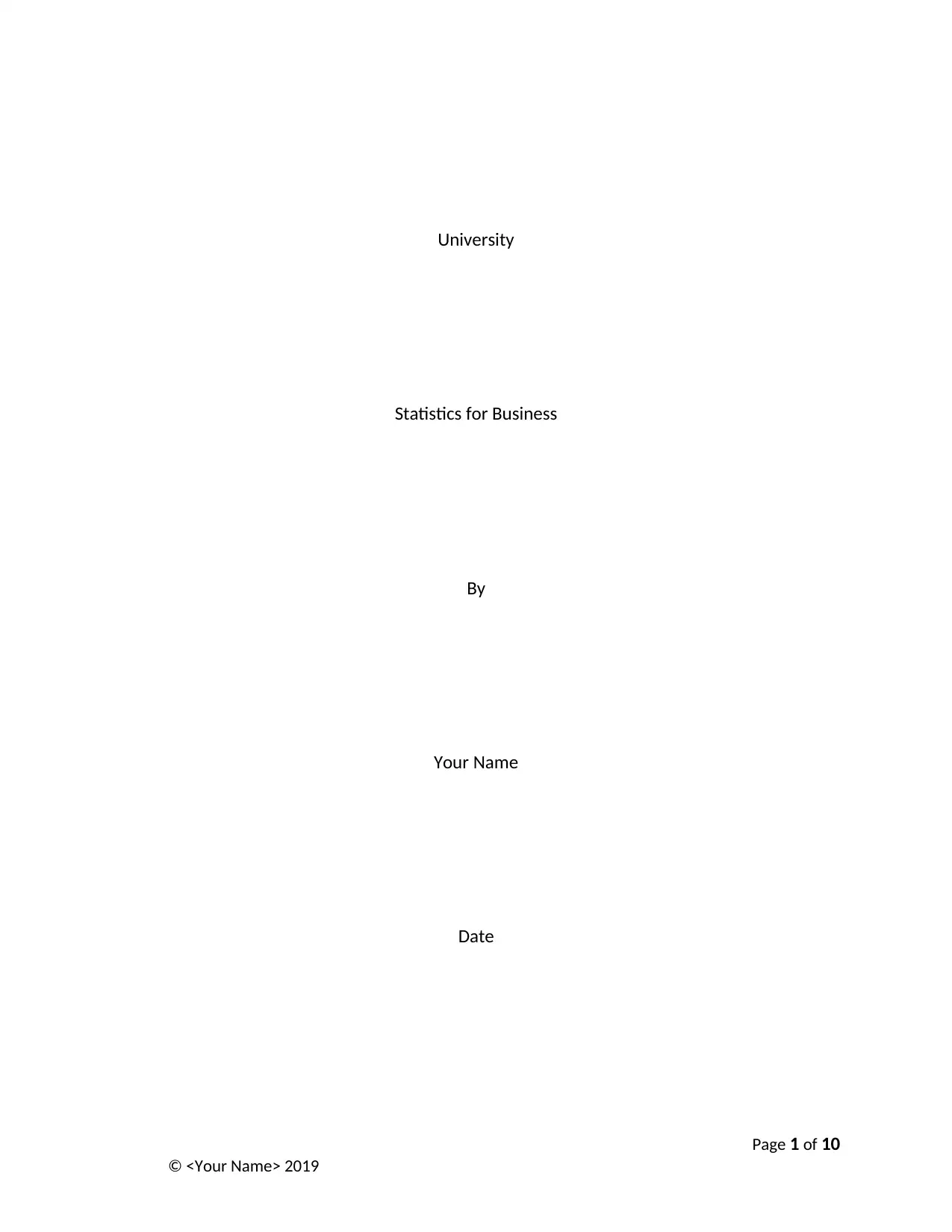
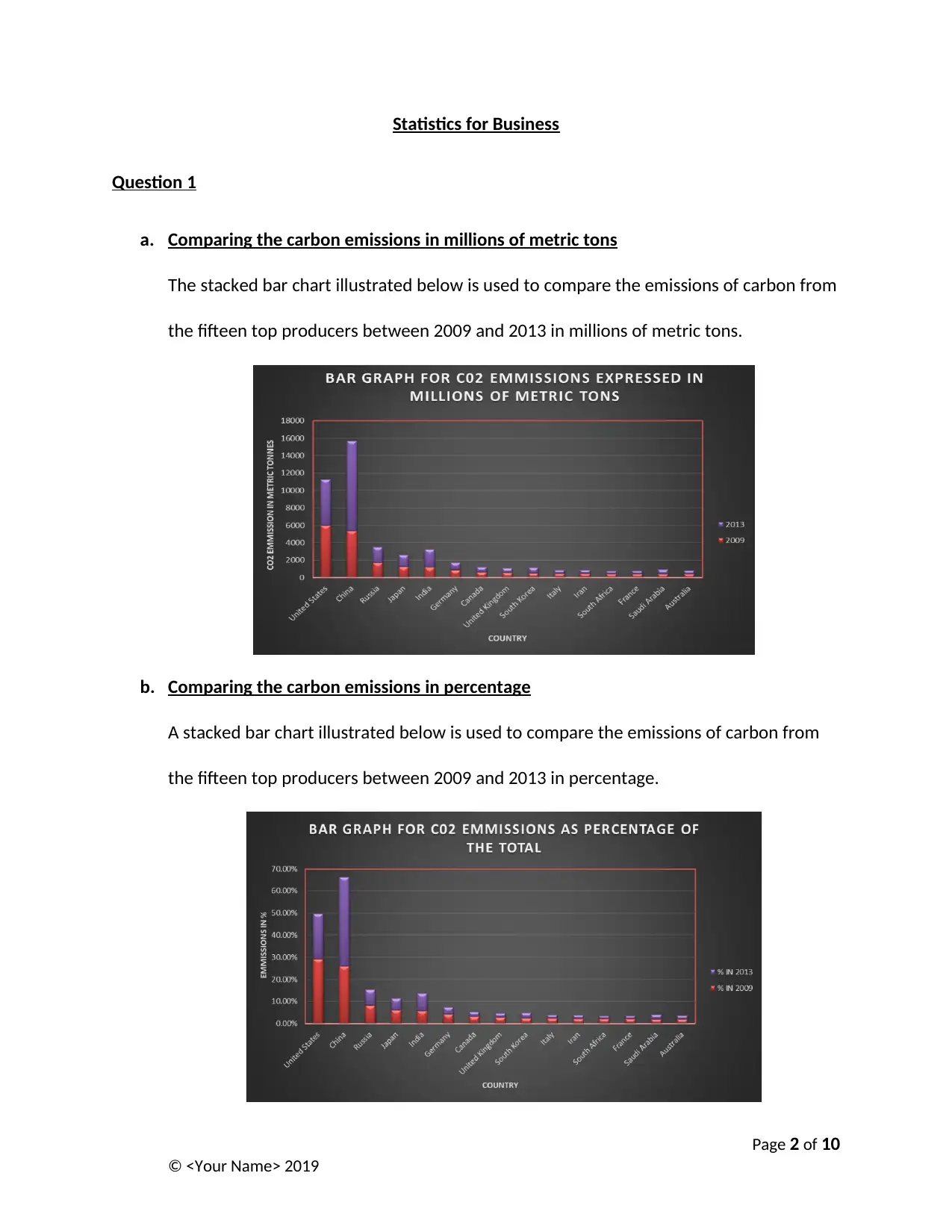
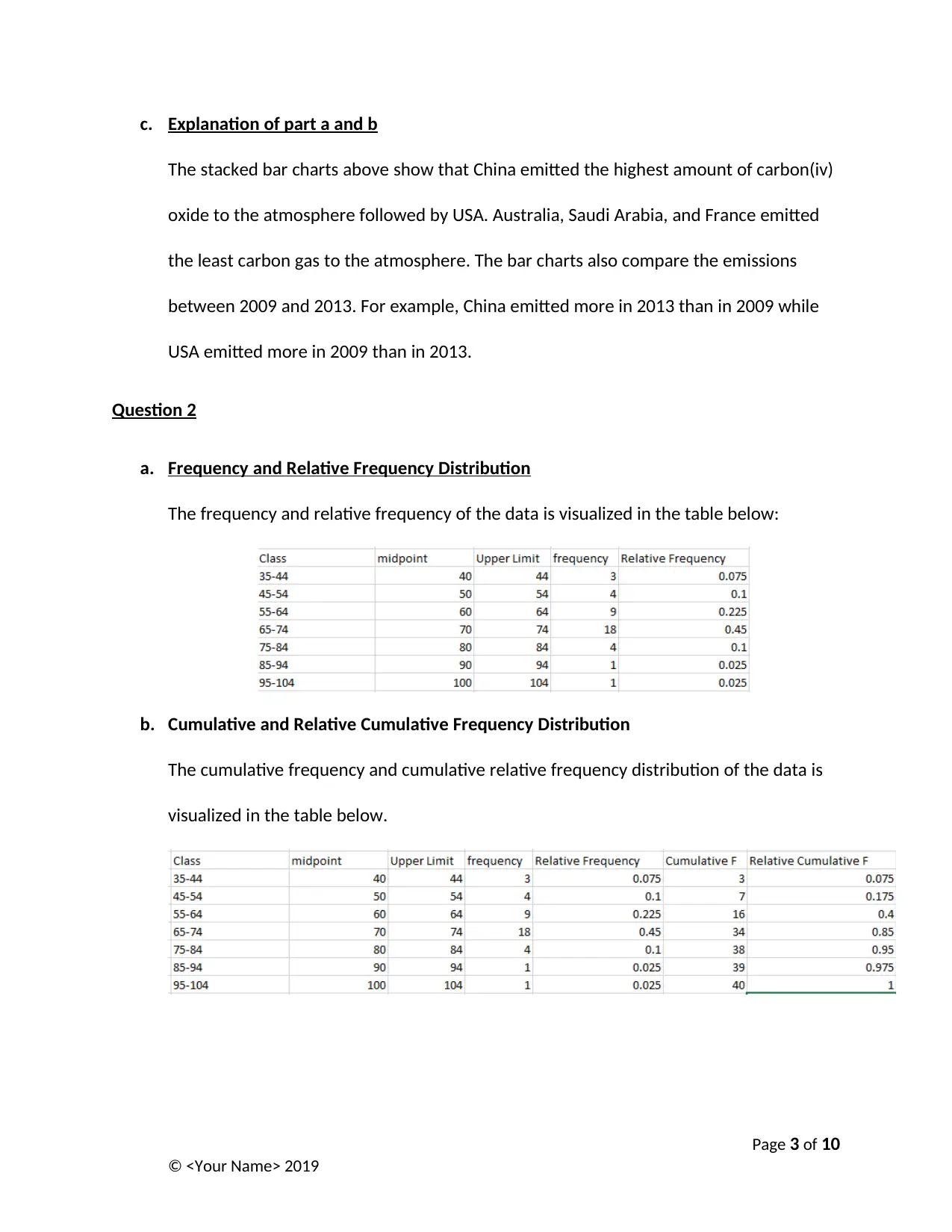

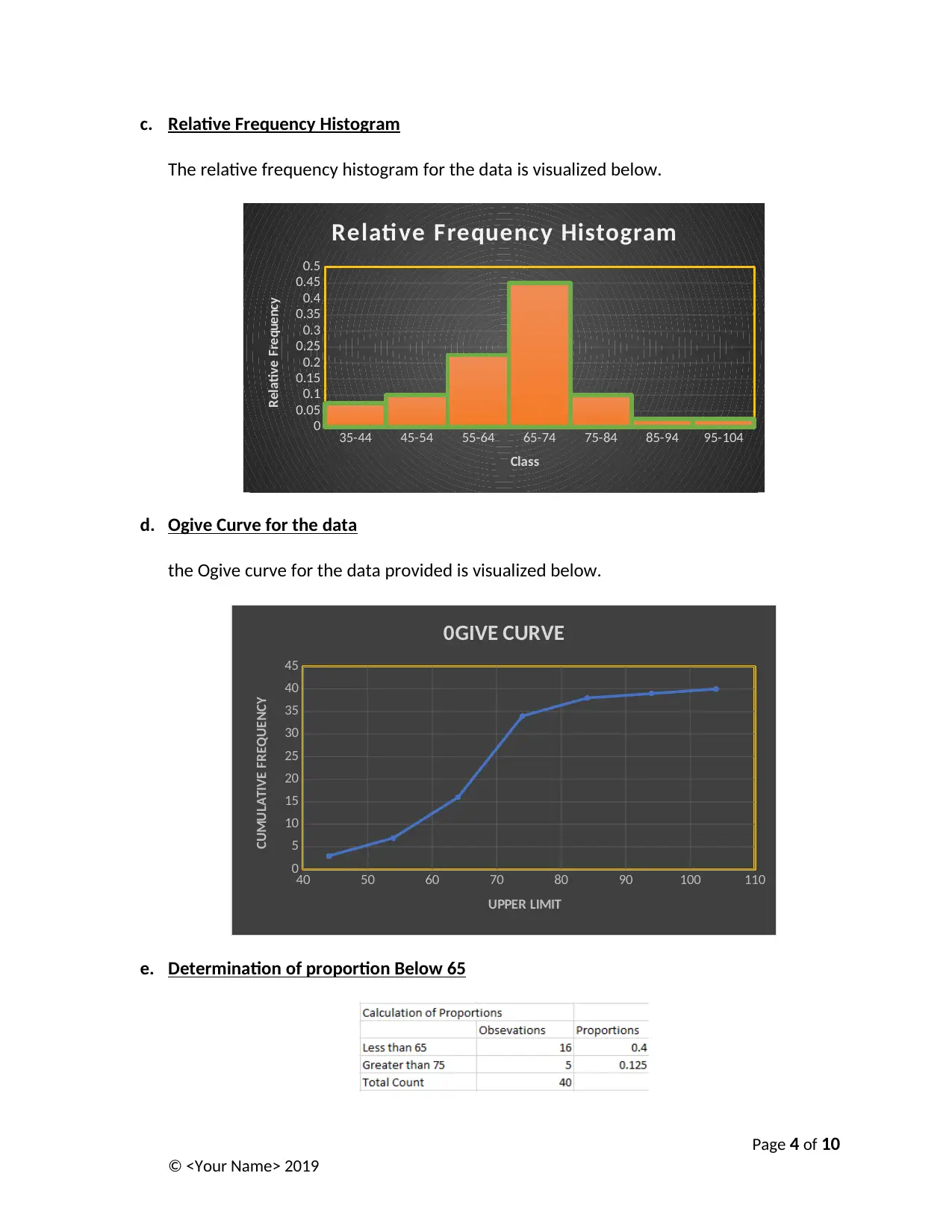
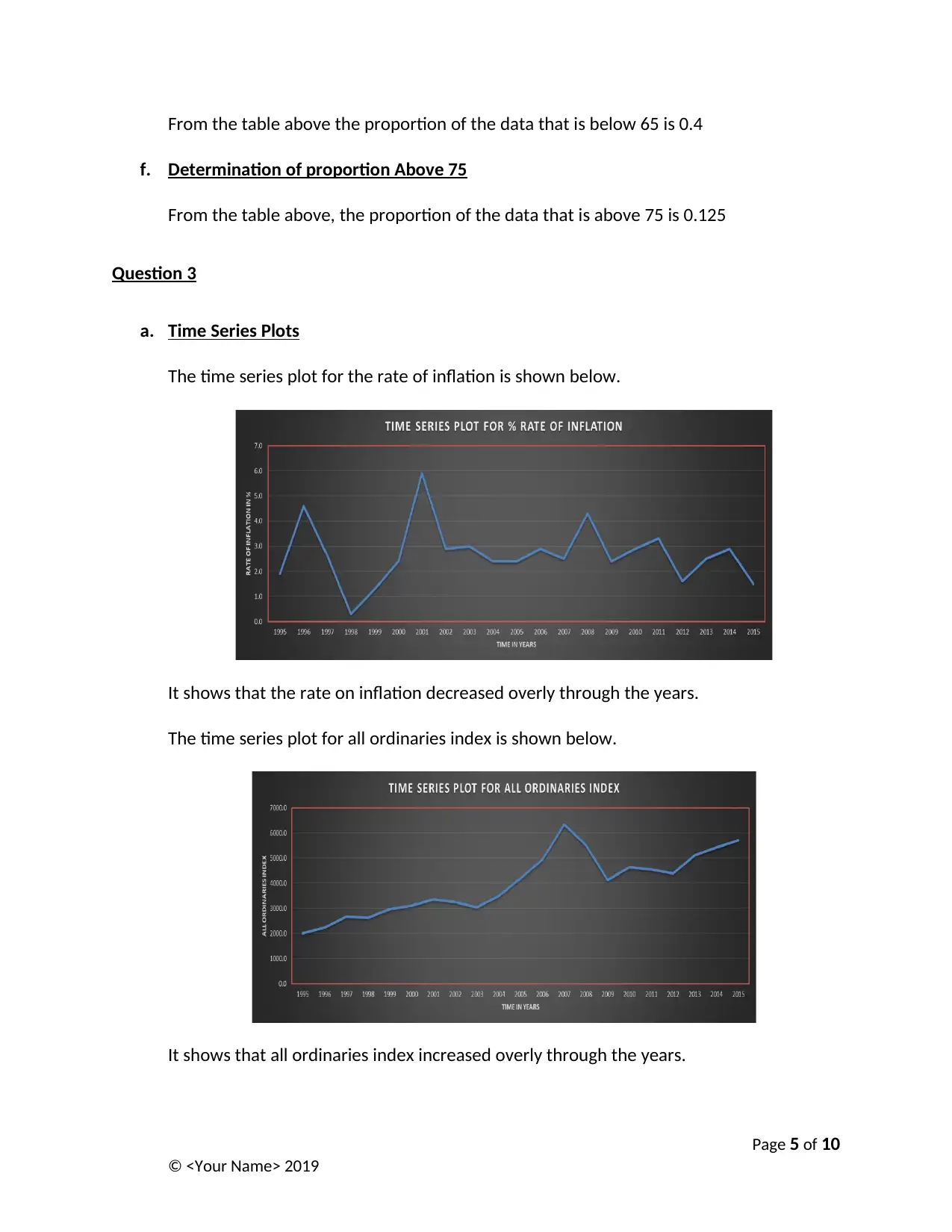
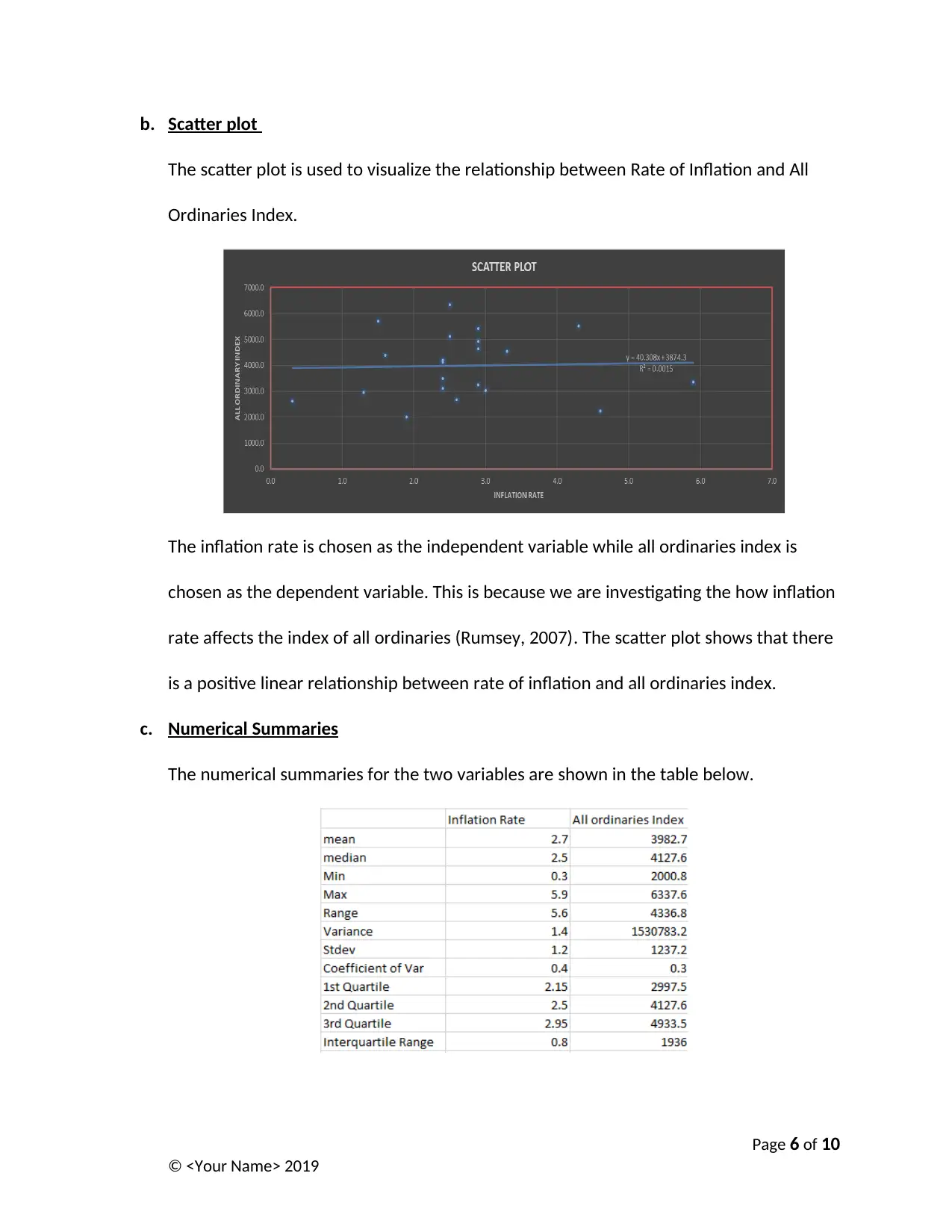
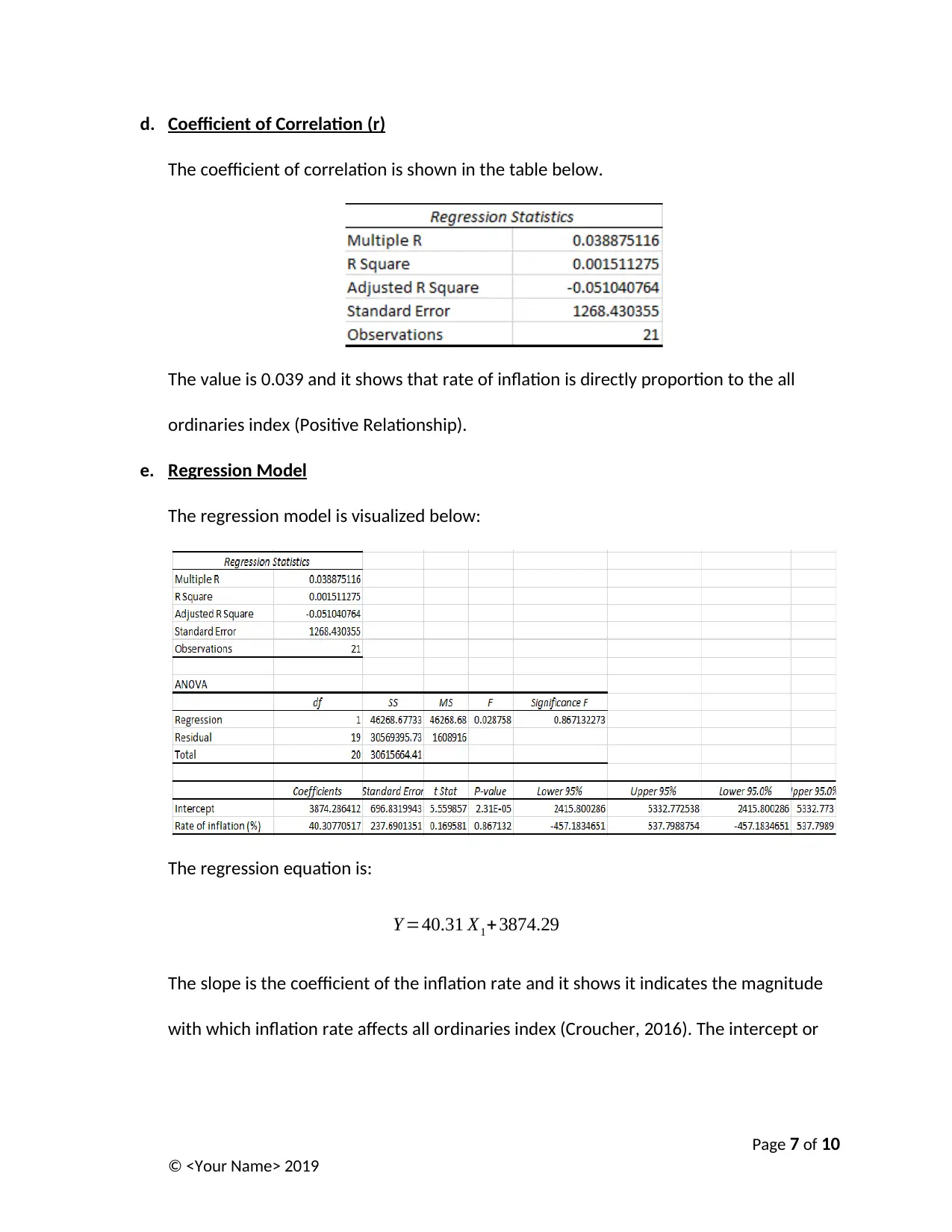
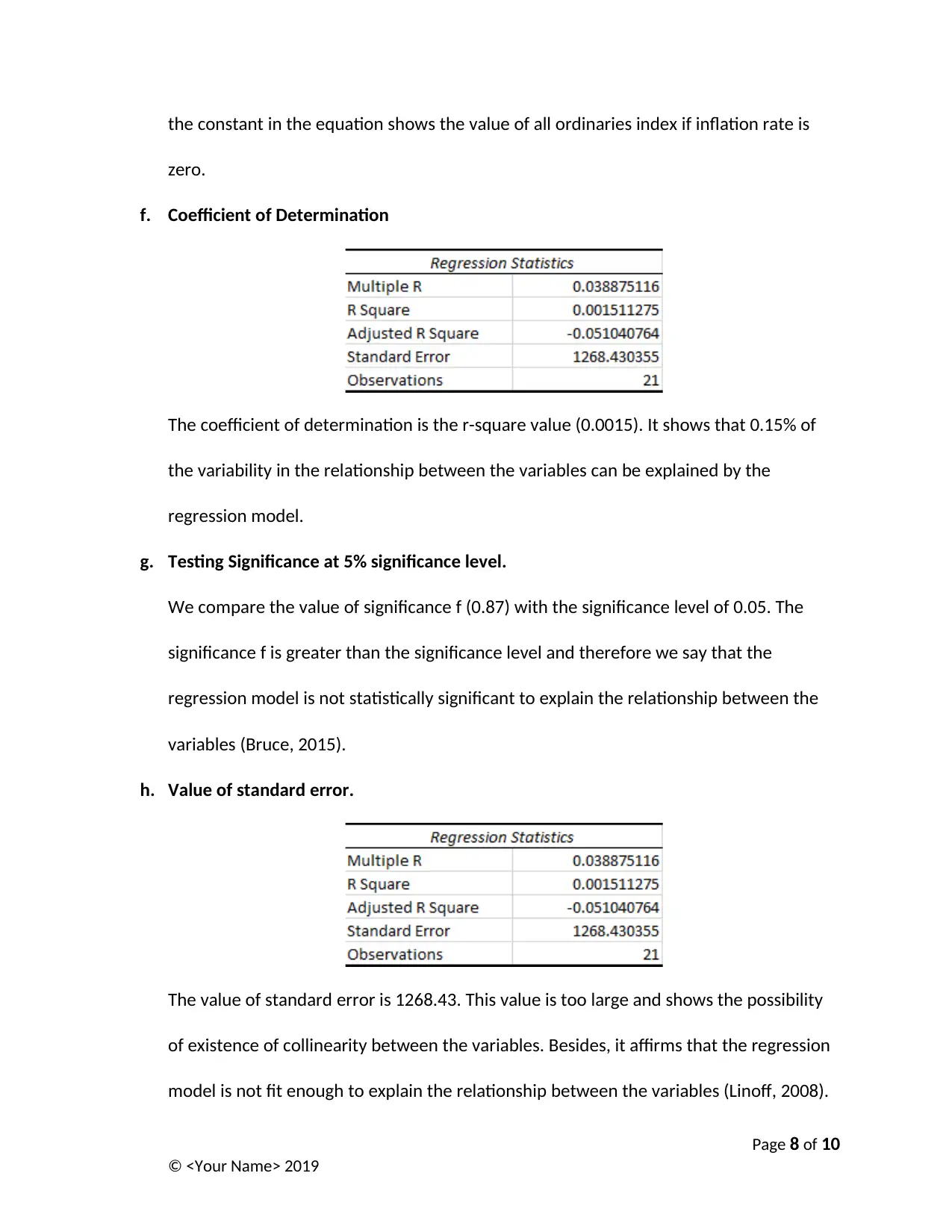

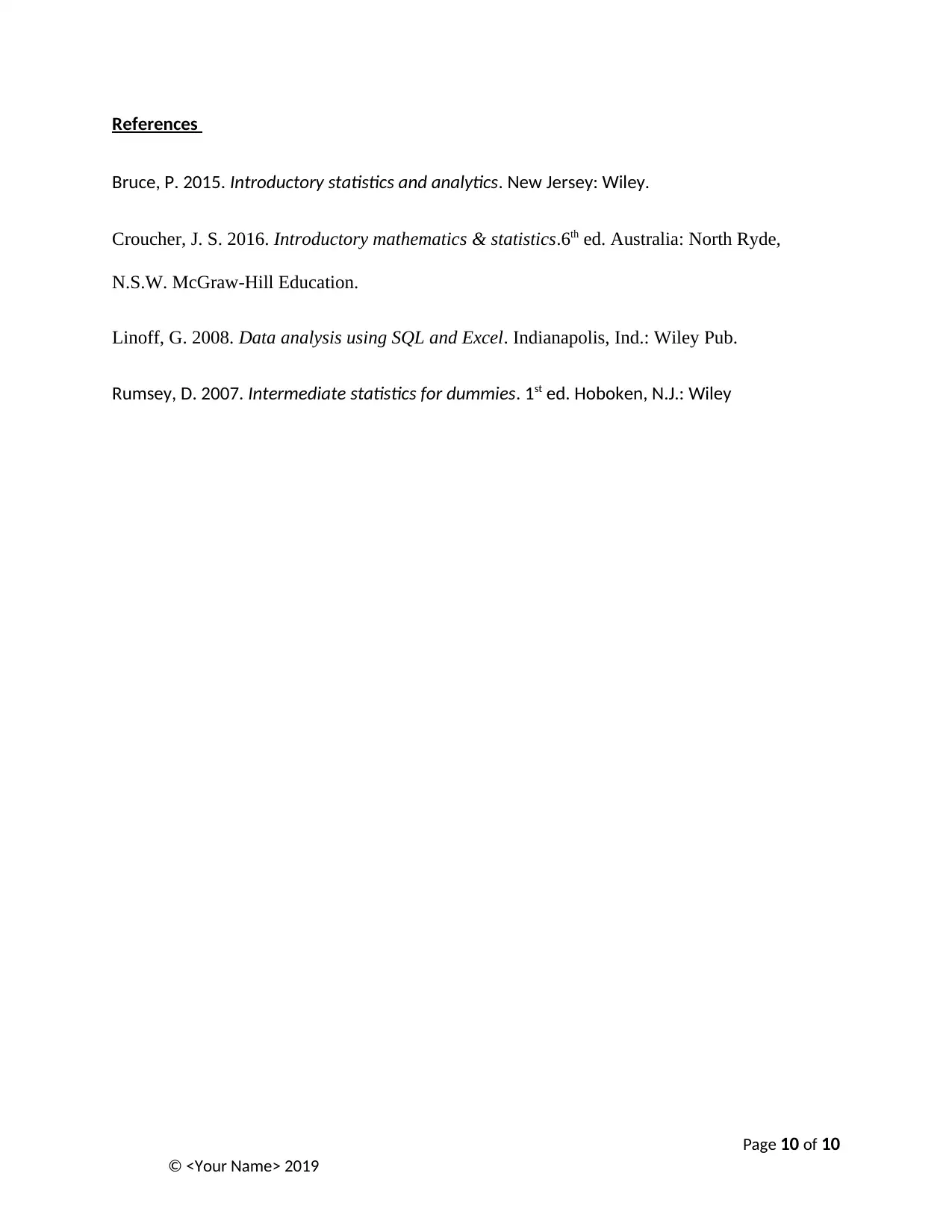






![[object Object]](/_next/static/media/star-bottom.7253800d.svg)